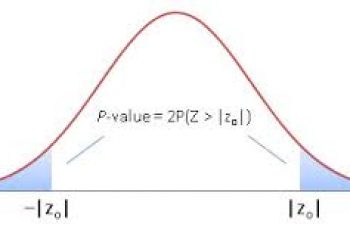Probability is a measure of the likelihood of an event to occur. Many events cannot be predicted with total certainty. We can only predict the chance of an event to occur.
In probability, there is only a chance for a success (likelihood of an event to happen) or a failure (likelihood of an event not to happen).
The sum of all probabilities in an event add up to 1.
‘Or’ in probability means addition while ‘and’ means multiplication.
Formula to calculate probability P(A).

Example 1.
Probability of a Single Random Event.
A student was picking a day of the week to play soccer. What is the probability of her choosing a day that falls in on the weekend.
The favorable event is choosing a day that falls on the weekend and since there are only two days on the weekend, the number of the favorable outcome is 2.
There are 7 days in a week, this makes the number of outcomes.
Therefore, the probability of the student picking a day that falls on the weekend is:
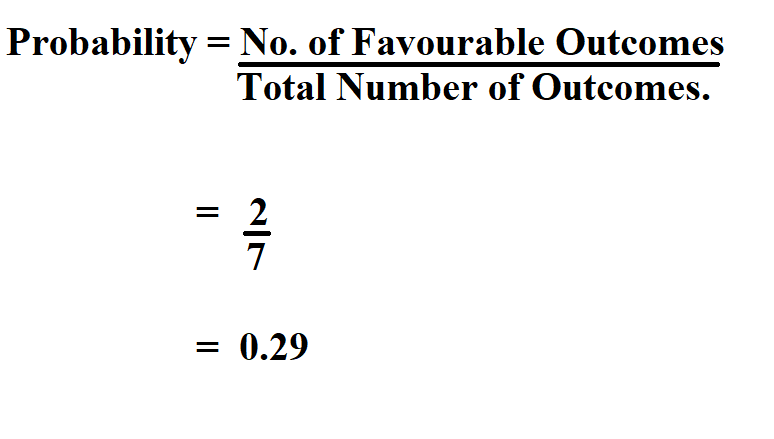
Example 2:
Probability of Multiple Random Events.
A cookie jar contains 5 circular cookies, 7 rectangular cookies and 8 star shaped cookies. What is the likelihood of picking 1 circular cookies, 1 rectangular cookie and 1 star shaped cookies.
In such a case, we deal with every event independently first.
Therefore, the probability of picking a circular cookie from the total of 20 is:
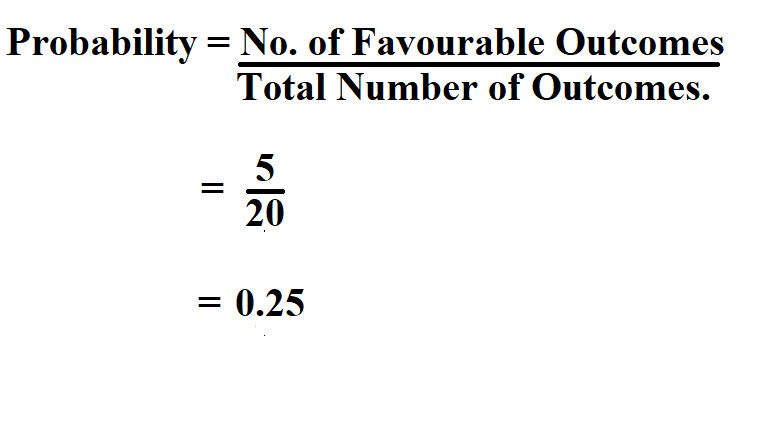
After picking 1 circular cookie, 19 cookies remain. Let us find the probability of picking 1 rectangular cookie from the total of 19.
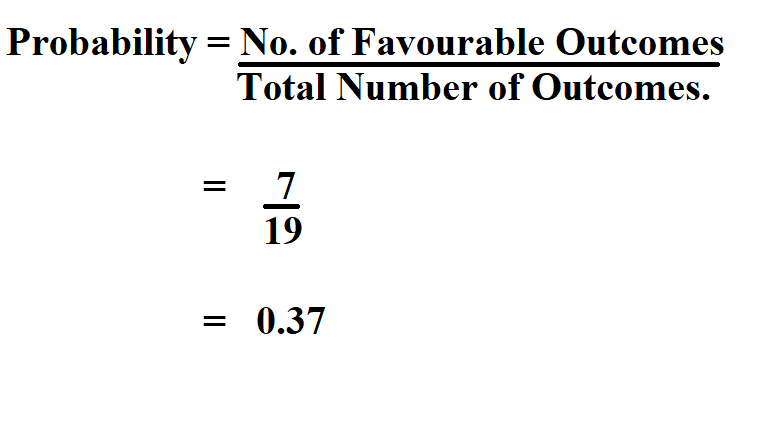
After picking another cookie, the cookies in the jar are now 18. Let us find the probability of picking 1 star shaped cookies from the total of 18.
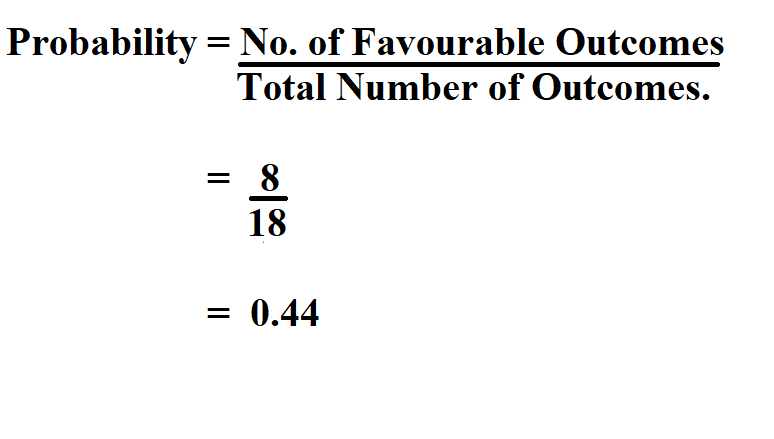
We already saw that ‘and’ in probability means multiplication. So we multiply the probability of each event to get the total.
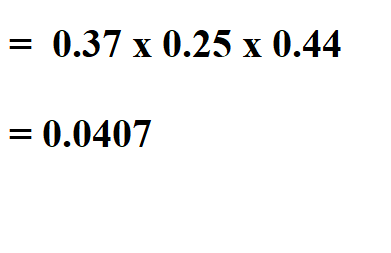
Therefore, the probability of picking any of the 3 cookies is 0.0407.
